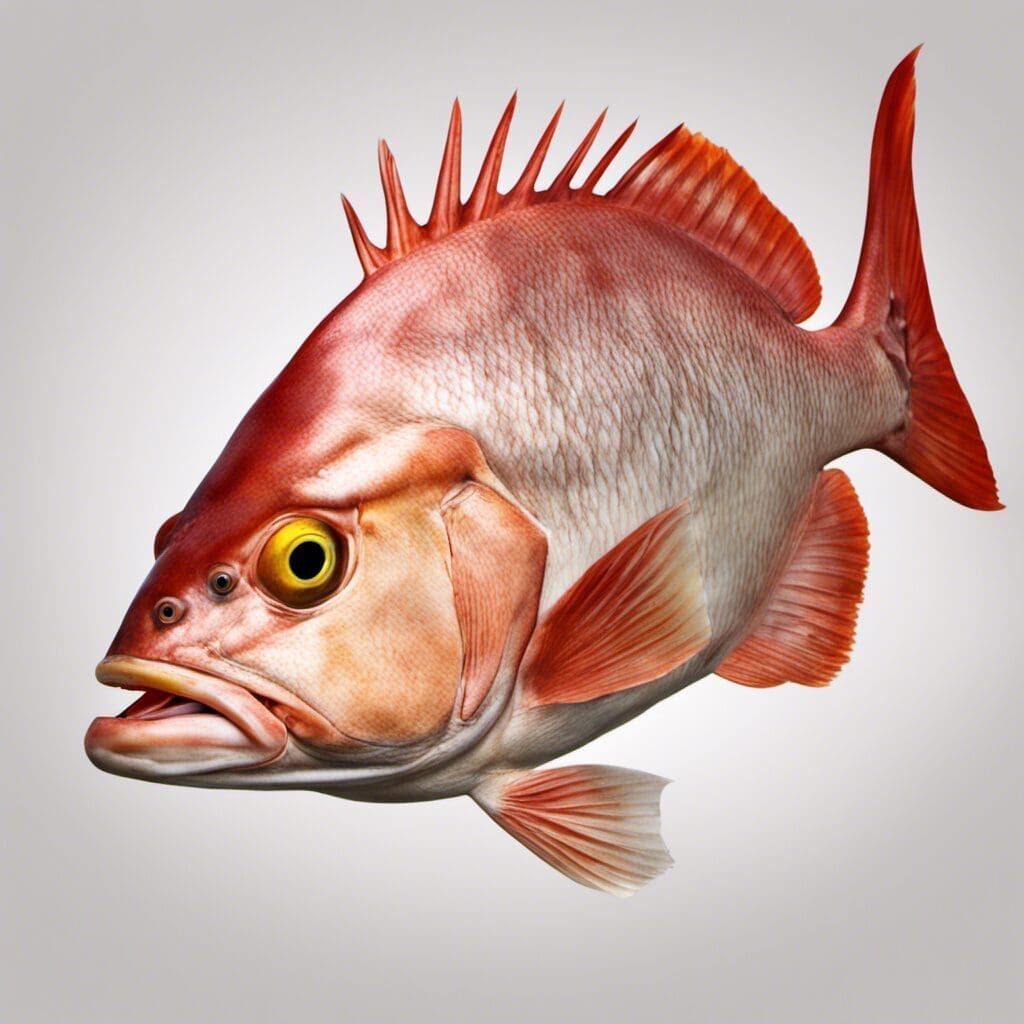Introduction
The Silk Snapper (Lutjanus vivanus) is an interesting specimen in the world of underwater diversity, belonging to the Lutjanidae family.
Conservation Status
The conservation status of the Silk Snapper is listed as ‘Least Concern’ due to its widespread presence and no significant threats known. No specific conservation efforts are reported due to the species’ stable population trend.
Statistics
| Length (Average) | Up to 90 cm |
|---|---|
| Length (Range) | 25 – 90 cm |
| Weight (Average) | 12 kg |
| Weight (Range) | 1-13 kg |
| Average Lifespan | 10-12 years |
Distribution
The Silk Snapper is most prevalent in the Western Atlantic region, with high concentrations around Bermuda, the Gulf of Mexico, and from Virginia to Brazil. There are no known migration patterns for this species.
Habitats
The Silk Snapper prefers saltwater environments, typically inhabiting depths ranging from 20 to 90 meters. They can be found in a variety of water temperatures but are most common in warmer tropical and subtropical waters.
When and Where to See
Silk Snappers can be seen throughout the year with no specific seasonal patterns. They are more active during the day with peak activity occurring around dusk and dawn.
Best Fishing Locations and Tips
- The coast of Florida and the Gulf of Mexico are known hotspots for Silk Snapper.
- Caribbean coastal waters, Costa Rica, and Panama are also great locations.
- For those without specific locations, look for warm saltwater bodies with depths 20-90 meters.
How to Catch
Silk Snapper can be caught using a variety of methods including trolling, bottom fishing, and jigging. Bait such as shrimp, squid, and small fish are highly appealing to this species. They are likely to bite during the day with the early hours of the morning and later evening being particularly fruitful.
Identification Guide
The Silk Snapper can be recognized by its streamlined shape and vibrant red color, which darkens to bronze on the upper body. They have a distinctive sloping profile with a forked tail, and unique white triangular marking at the anal fin base.
Culinary
Their firm, white meat is prized in culinary circles. It has a mild, sweet flavor and a low fat content. Many recipes highlight the natural flavor of the fish, simply prepared with herbs and citrus.
Additional Information
Silk Snappers feed primarily on fish, squid, and krill. Predators include large fish like sharks and other larger Snapper species, as well as humans. They have no significant cultural or historical significance recorded.
References and Further Reading
Recommended readings for additional study:
- “Silk Snapper (Lutjanus vivanus)” by Young, R. in Tropical Fish Hobbyist Magazine. TFH Magazine
- “The Snappers of Caribbean Coral Reefs” by Dr. John E. Randall, in Marine Fish Monthly. Marine Fish Monthly

